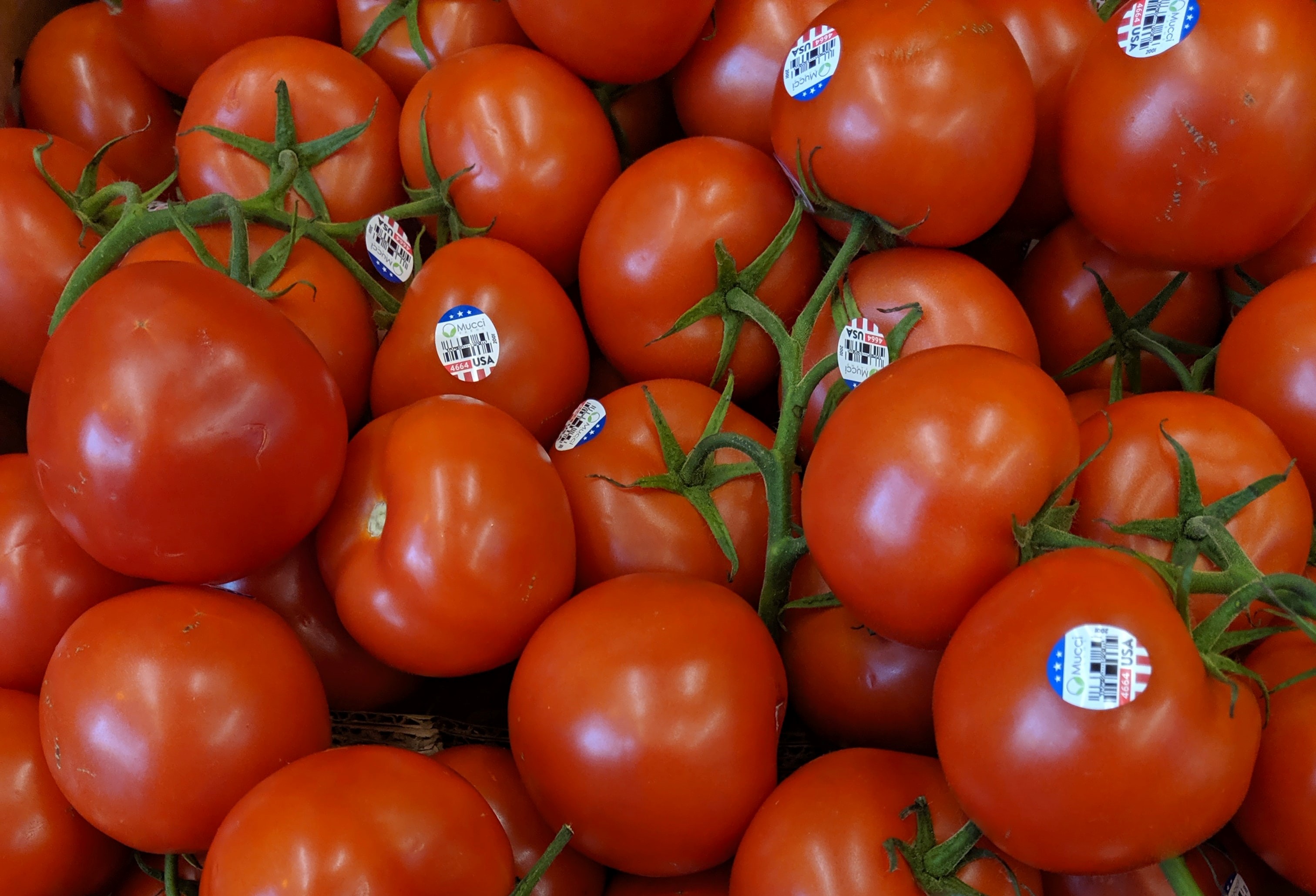Could rediscovering and embracing our regional differences lead to big payoffs in increased resilience, even conflict avoidance, down the road?
Used to be that you could take a road trip across the United States and experience regional differences along the way. The stores and restaurants could be quite different from place to place, and reflected the tastes, traditions, and economics of the particular time and place in which you found yourself. It’s still true to a small degree, but for the most part, globalization and economies of scale washed out our regional differences, at least as seen from the nation’s freeway system. Now, if you don’t see the same gas station, truck stop, fast food, motel and convenience store chains off of every exit ramp, just go a little further until you approach a patch of sub/urban sprawl. It shouldn’t take too long before they spring back up like mushrooms after the rain.
Smoothing out our regional differences was supposed to be a feature, not a bug. Not only was mass production considered more efficient than having multiple redundancies in the system, it facilitated travel for families whose children (and elders) wanted the same bland, easy-to-chew burger wherever they stopped. Just-in-time delivery from coast to coast meant that the same big box stores could save the cost of warehousing and storage, passing the savings on to the customers… or the shareholders. It worked right up until it didn’t, as natural disasters, labor issues, and a pandemic gummed it all up and revealed just how brittle the status quo had become.
The internet and national broadcast media did for the language what globalization did for the economy. In 2017, HuffPo reported that DARE, the Dictionary of American English, was winding down its catalog of unique, character-rich colloquialisms that documented our regional differences. Now, we may all say most of the same words, but likely mean different things when we say them. This hasn’t helped our communication any more than coast-to-coast chain stores supported local resilience.
And yet, differences remain.
Two articles came out within a day of each other this week that highlighted the importance of these differences in terms of food security. The first, in Modern Farmer, talked about the early 1900s tomato breeding program behind Campbell’s Tomato Soup. Big food processing companies don’t particularly like regional differences in their industrial inputs. They prefer a high degree of standardization, and that’s what Campbell’s breeding program was all about. The winning tomato can be traced back to John Thompson Dorrance, the Campbell’s employee behind the innovation of condensed soup, who went on to become president of the company.
What was so good about his tomato, which went into commercial production in 1918? “The J.T.D. tomato is a medium-sized red tomato averaging in the eight-to-12-ounce range. It’s uniform in shape, tasty and doesn’t crack. Campbell’s was looking to standardize its harvest with tomatoes that were a consistent size and shape, as well as taste- and blemish-free, as its production needs increased.” The J.T.D. contributed genes to the Rutgers variety, which was once grown by 72% of America’s commercial tomato farmers before being abandoned for a thicker-skinned tomato with better shelf life. Mmm mmm, a tomato that looks and tastes the same as every other tomato to get rolled into the hopper and mashed into mass-market soup. Good for business, but where’s the joy?

A perfect counterpoint came out a day later in the New York Times. It’s easy, they say, to buy common garden variety vegetable seeds, available from a multitude of vendors. If one is willing to venture off the well-trodden path, though, a whole world of diversity is available from a new breed of seed companies with a different vision of the food economy and future resilience.
One such source, the Experimental Farm Network (EFN), is a nonprofit venture by two guys who met during the Occupy movement, turning vacant lots into fertile, productive food plots. Not only do they offer unusual and captivating seeds to home gardeners, but their seed sales underwrite their efforts to make the world a better, fairer, more secure place. The EFN donates free seeds so people who might not otherwise afford it can grow their own food. They’ve rescued and grown seeds from places in danger from conflicts and climate change. They help develop and distribute varieties for the changing environment, such as perennial vegetables that don’t require tilling. And they’ve even rematriated culturally important seeds to their original people, whether that’s returning ancestral landrace maize and squash to Native American gardens, or getting Syrian heirloom tomato seeds back in the hands of refugees who miss them.
We’re not all the same, and neither are our microclimates and soil types. Rediscovering regional differences in our food supply is the first step in reclaiming local resilience from the clutches of globalism and corporate monoculture blandness. Embracing a diversity of place-based foods (and people) could be the first step toward allowing different regions and states to reassert their varying characters, which would make the country – and road trips through it – interesting again. It might even head off the kind of conflict that nobody should want.
Related: Decentralize the Food System – For Good
Sources:
The Legacy of Campbell Soup’s Tomato Breeding Program
Where Adventurous Gardeners Buy Their Seeds
U.S. Companies Shifted To Make N95 Respirators During COVID. Now, They’re Struggling
An American Dialect Dictionary Is Dying Out. Here Are Some Of Its Best Words.
Experimental Farm Network


Join the conversation!